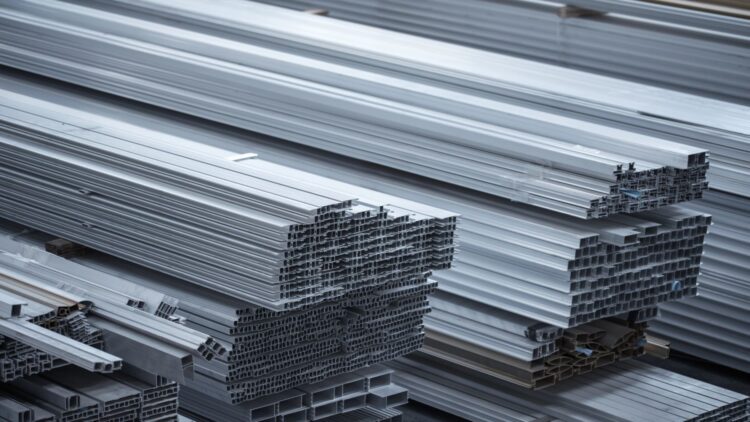China’s economy sent mixed signals in September as the records of the PMIs (purchasing managers index) suggest the manufacturing sector is near expanding territory. However, the growth in the services sector is starting to cool. This is recorded to the domestic demand issues, where the profitability of corporations and domestic demand are stagnated. Risky economic stabilization attempts by the government have not proven any success.
The National Bureau of Statistics performed a manufacturing PMI survey
The NBS manufacturing PMI was at 49.8 and forecasted at 49.6. This happens to be the strongest PMI since March. This is still below the 50 benchmark, which means there is still a contraction, but there is also a slight improvement to the indicator value. Industrial activity is still improving, although at a disappointing pace.
Lihui Huo, the chief statistician at the NBS, said in a statement:
“The overall improvement in production was driven by manufacturing of equipment, high-tech and consumer goods, with notable gains in both output and new orders,”
An official production survey’s sub-index, which tracks production, soared to a 6-month high of 51.9. New orders, which are also a key indicator, recorded 49.7. Inventories also declined at a slower pace, suggesting a more gradual normalization in supply chains. In contrast, the service sector seems to be losing steam. The official non-manufacturing PMI fell to 50.0 from 50.3 in August, while RatingDog’s services PMI also fell from 53.0 to 52.9. The decline was due to weaker consumer and employment activity, especially in the ailing property market.
Manufacturing is picking up, while services have lost some momentum
The divergence between manufacturing and services is due to the complex post-COVID-19 rest economy. The quick recovery of industrial output is the result of targeted stimulus and export demand. But the domestic economy is sluggish with low consumption and entrenched deflation. The services sector, especially, is losing steam profitably, exacerbated by a weak property market. The poor property market continues to weigh down the larger economy.
No recovery is in sight, and it is perplexing analysts and decision-makers, especially as recovery policies have become more aggressive. Even with major restrictions on purchases being lifted and interest rates on housing loans being cut, prices in both the new and secondary housing markets were lower in August. When real estate is as important as it is in the economy, and there are indicators that it is contributing significantly less to the GDP than the almost 25% it historically has, it heavily clouds recovery expectations.
Chinese leaders will decide on the next five-year plan
Investors are looking forward to the Communist Party’s annual policy conference, as it is expected that Chinese leaders will decide on a new 5-year plan. Investors are looking forward to stimulus packages, property market support, and corporate tax relief.
Zhiwei Zhang, chief economist at Pinpoint Asset Management, said:
“During the first half of the year, GDP growth was greater than 5%, so the government may allow for a slowdown in the second half, so long as it does not threaten the full-year growth target of 5%.”
While there are challenges, China’s economy did, in fact, grow. Looking at the first half of 2025, it is expected to meet the annual growth target of 5.3%.
Keeping the momentum strong requires more than just short-term solutions.
Keeping the momentum strong requires more than just short-term solutions.
Sustainability in the recovery of the manufacturing sector also “warrants close monitoring.” If export demand fades after the trade deadline passes, the sector could quickly return to contraction.
According to the September PMI data, most of the Chinese economy continues to expand. The growth in services has slowed, and some structural issues persist. During the meeting in October, the authorities will try to find the right balance between stimulus and reform. This will be necessary to ensure economic stability.


